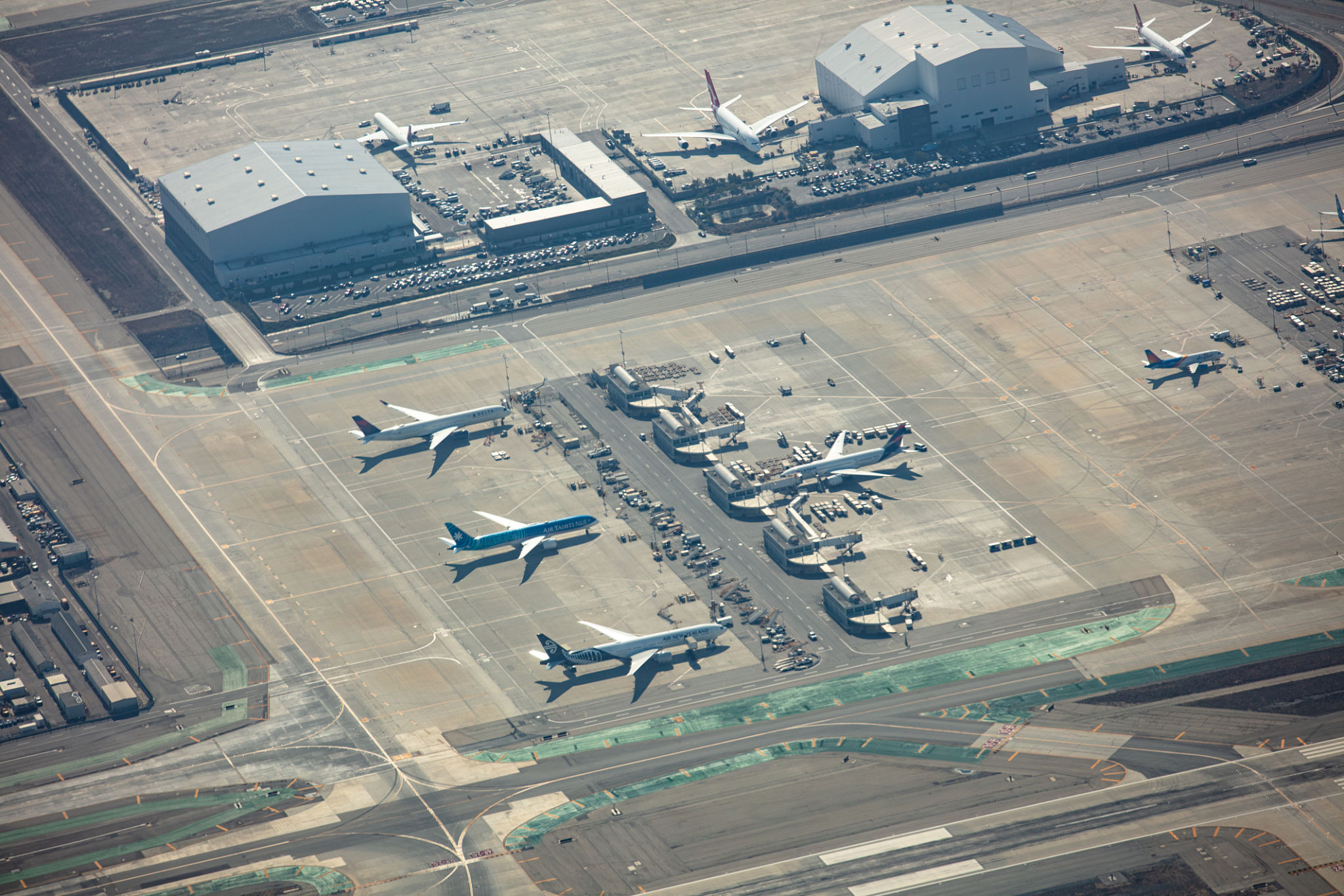How to Prepare Your Aircraft for Seasonal Changes in California
Understanding California's Unique Climate
California is a state of diverse climates, ranging from the cool coastal areas to the hot desert regions. As a result, preparing your aircraft for seasonal changes requires a tailored approach. The state's weather can shift dramatically between seasons, affecting how you should care for your aircraft. Understanding these climate variations is crucial for maintaining optimal performance and safety.
In coastal areas, humidity and salt air can wreak havoc on metal components, leading to corrosion if not properly managed. Conversely, the inland desert regions experience extreme temperatures that can affect the integrity of certain materials. By recognizing these environmental factors, you can take proactive steps to protect your aircraft throughout the year.

Inspect and Maintain Your Aircraft Regularly
Regular inspection and maintenance are critical to ensuring your aircraft is ready for any seasonal changes. Start by conducting a thorough inspection of all parts of the aircraft. Look for signs of wear and tear that may have been exacerbated by the previous season's conditions.
Pay special attention to the engine, as it is the heart of your aircraft. Ensure that all components are in top condition and replace any parts that show signs of damage or excessive wear. Additionally, check all fluid levels and top them off as needed. Remember, preventive maintenance is much more cost-effective than major repairs.
Check for Corrosion
Corrosion is a major concern, especially in coastal areas. Inspect all metal surfaces for any signs of rust or corrosion. If you discover any, it's essential to address it immediately to prevent further damage. Applying a protective coating can help shield metal parts from moisture and salt exposure.

Adapt for Temperature Fluctuations
California's temperature can vary widely from one region to another and between day and night. This can affect tire pressure and fuel levels. Make sure to regularly check and adjust tire pressure to accommodate these changes, as under-inflated or over-inflated tires can compromise safety.
Fuel additives may be necessary to prevent condensation and fuel line freezing during colder months in some areas. Consult your aircraft's manual or a professional technician for specific recommendations based on your aircraft model and typical flying conditions.
Protect Your Aircraft from UV Damage
The sun's ultraviolet (UV) rays are particularly strong in California, potentially damaging your aircraft's paint and interior. It's wise to invest in UV-protective covers or store your aircraft in a hangar when not in use. Regularly applying wax or polish can also help maintain the exterior finish and protect against UV damage.

Prepare for Rainy Seasons
While California is known for its sunny weather, certain regions experience significant rainfall during specific seasons. Ensure that your aircraft's seals and weather strips are in good condition to prevent water damage. Regularly inspect the drainage systems to ensure they are clear of debris and functioning properly.
Consider investing in specialized covers designed to shield your aircraft from heavy rainfall if it will be stored outdoors. This extra layer of protection can help prevent water from seeping into critical components and causing damage.
Stay Informed About Weather Patterns
Keeping up-to-date with the latest weather patterns is crucial for any pilot. Utilize reliable weather services and apps to monitor upcoming changes in the climate. Being proactive allows you to plan maintenance schedules accordingly and ensure your aircraft is always ready for safe operation.

